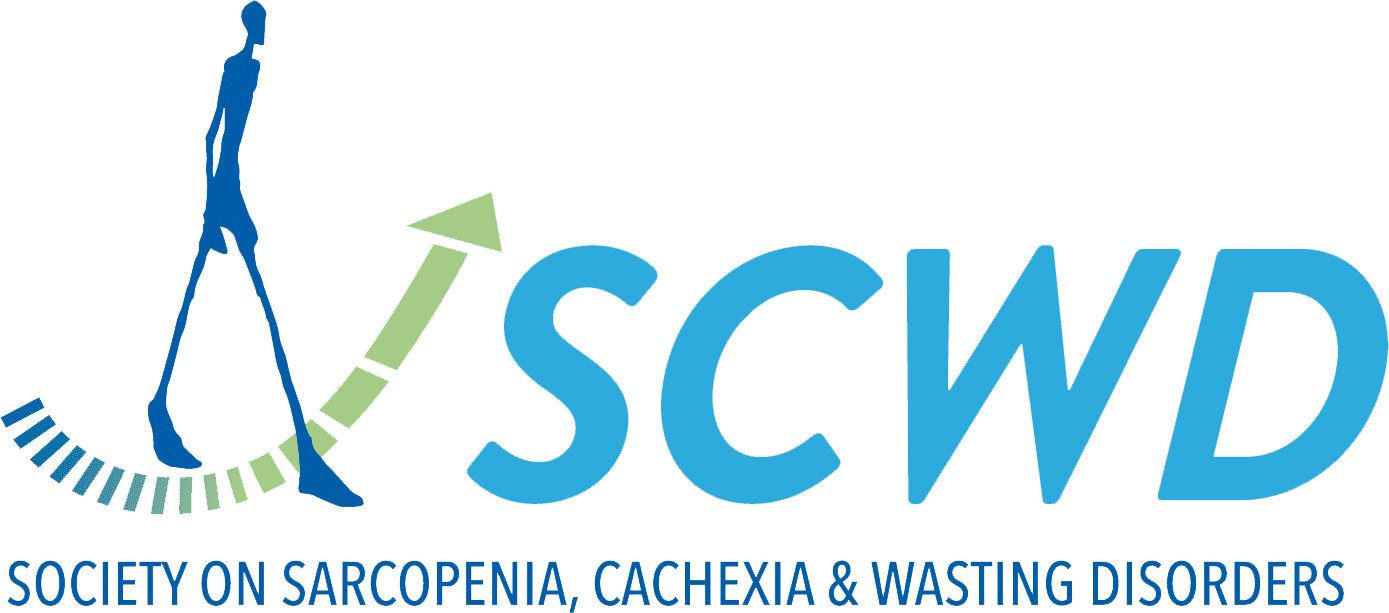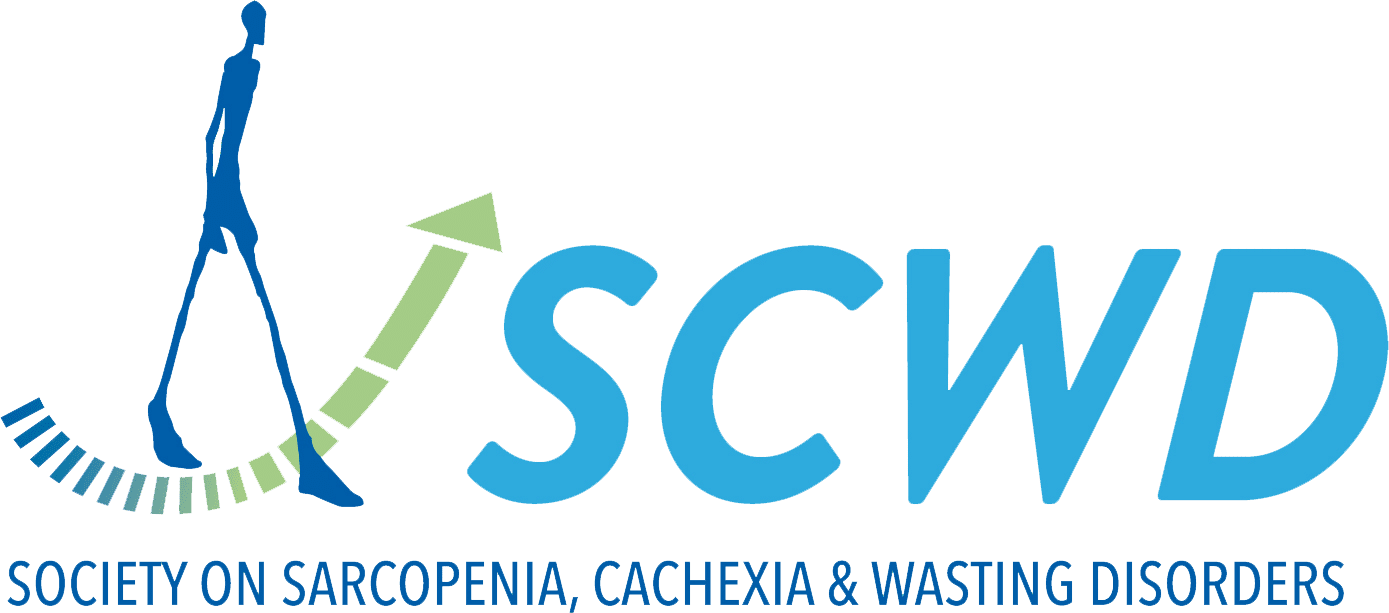CTRP9 as a myokine mitigates sarcopenia via the LAMP-2A/NLRP3 pathway.
Sarcopenia, a degenerative condition marked by progressive skeletal muscle atrophy and impaired regeneration, is closely associated with aging, chronic inflammation, and disrupted proteostasis. While macroautophagy has been extensively studied in this context, little of the role of chaperone-mediated autophagy (CMA)...


